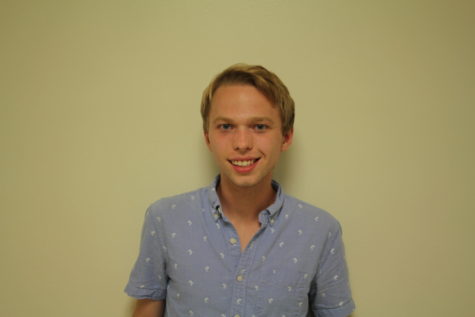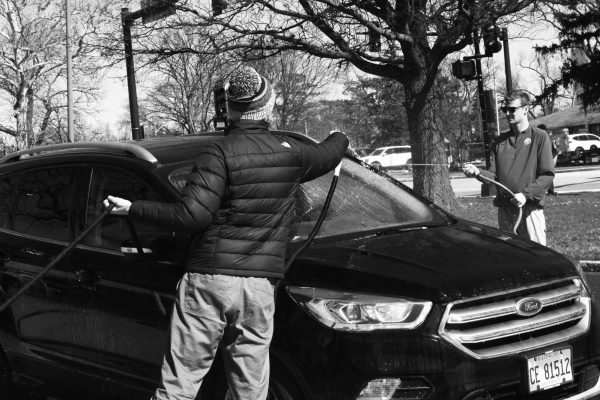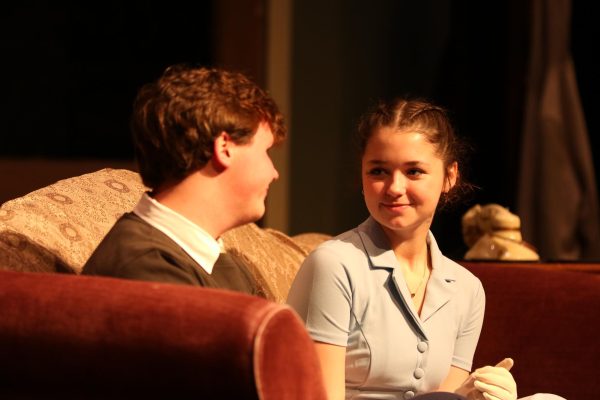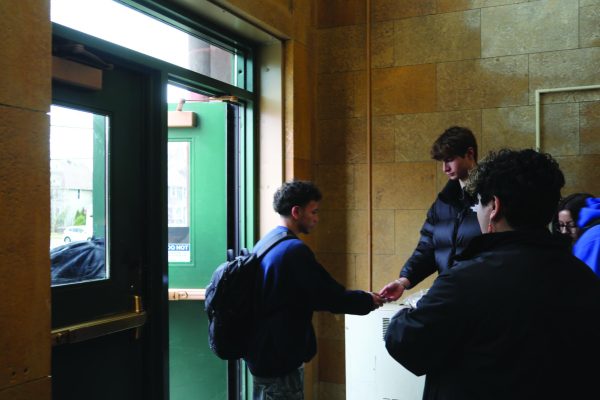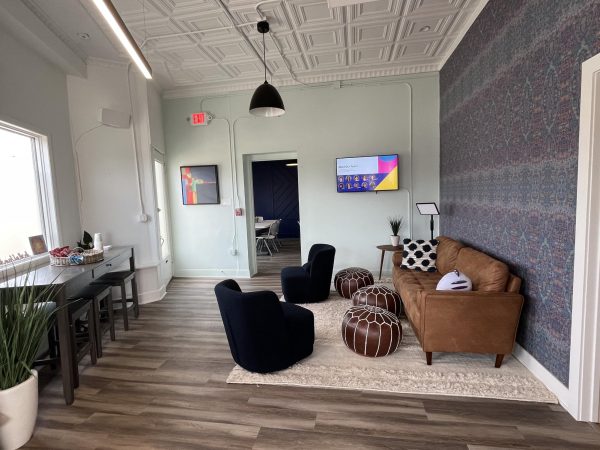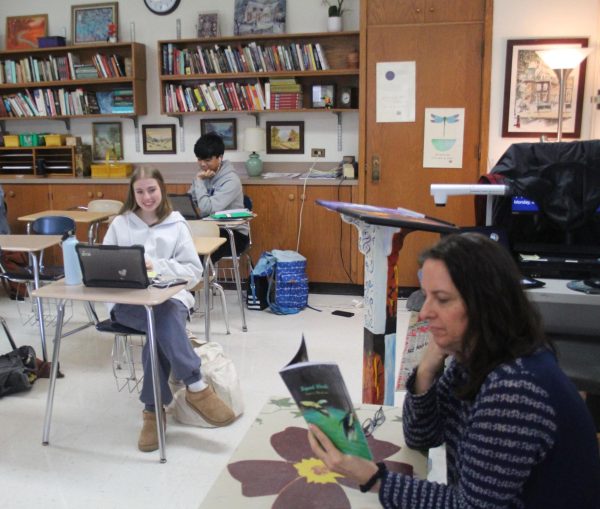New Year’s Eve march remembers gun violence victims
February 1, 2017
CHICAGO—People shopping on Michigan Avenue may have been caught by surprise New Year’s Eve, as nearly 800 wooden crosses were marched down the major city street. Hundreds of demonstrators gathered at Tribune Tower, where U-haul trucks lined the street, each filled to the brim with wooden crosses that were unloaded and put in huge, long lines on the sidewalk.
The name of a victim of Chicago’s gun violence epidemic was plastered in black Sharpie on each of them, which were created for a march organized by Rev. Michael Pfleger, an outspoken critic of Chicago’s gun violence, in attempt to “shame Chicago” into combating gun violence, Pfleger said.
“Each of these crosses are made to remind us these are not statistics, these are not numbers, these are human beings,” Pfleger said. “Chicago is less today—we’re are less today—because of the potential and talent we slaughter in Chicago over this last year.”
During 2016, Chicago had 781 homicides occur, data compiled by The Chicago Tribune shows. The cities deadly year saw the city garnering much negative media coverage, as the rest of the U.S. watched Chicago embroiled in its deadliest year on-record since 1996.
With the large number of gun violence related fatalities, many families whose relatives were lost to gun violence this year—and even some who lost relatives years before—flocked to Michigan avenue for the march, in a scene where tears rang out as their eyes lay set on the cross with their loved one’s name.
“I’m here to march because my brother was killed on April 2 of this year,” Mayra Ortiz-Colon said before the protest. “It’s just so terrible and senseless what’s happening, all these deaths in one year is just terrible.”
State Sen. Jacqueline Collins, who represents parts of the violence-plagued Englewood community, was at the march and said that there needs to be national gun legislation to curb the influx of firearms in the city. But, in the meantime, there is still a need to provide more economic opportunity to poor neighborhoods, neighborhoods that have been at the center of the epidemic.
“Much of the cause of violence is lack of economic development and jobs and poverty,” Collins said. “We know that if an individual has a job, they don’t end up picking up a gun, because they have a way of providing for their families.”
In response to this year’s gun violence, Chicago’s Mayor Rahm Emanuel has tried to take proactive steps towards improvement, and announced back in September, 2015, that the Chicago Police Department will hire nearly 1,000 officers—ranging from beat cops, to supervisors, to detectives—by the end of 2018 to help combat gun violence in the coming years.
At the protest, though, Pfleger’s remarks were largely bare of criticism regarding the C.P.D., which itself has been embroiled in controversy after a string of questionable police shootings, with a recent Justice Department report finding that their use of force practices were in “violation of the Fourth Amendment of the Constitution.”
Instead, the reverend struck the same tone as Sen. Collins, spending more time on the need to “level the playing field” in Chicago and “connecting the social fabric of our communities.” However, Pfleger said, it was still up to everyday Chicagoans to unite together and “get personally involved” in the fight.
“We need to make a choice, a decision against violence,” he said. “Peace doesn’t just happen, peace is created.”

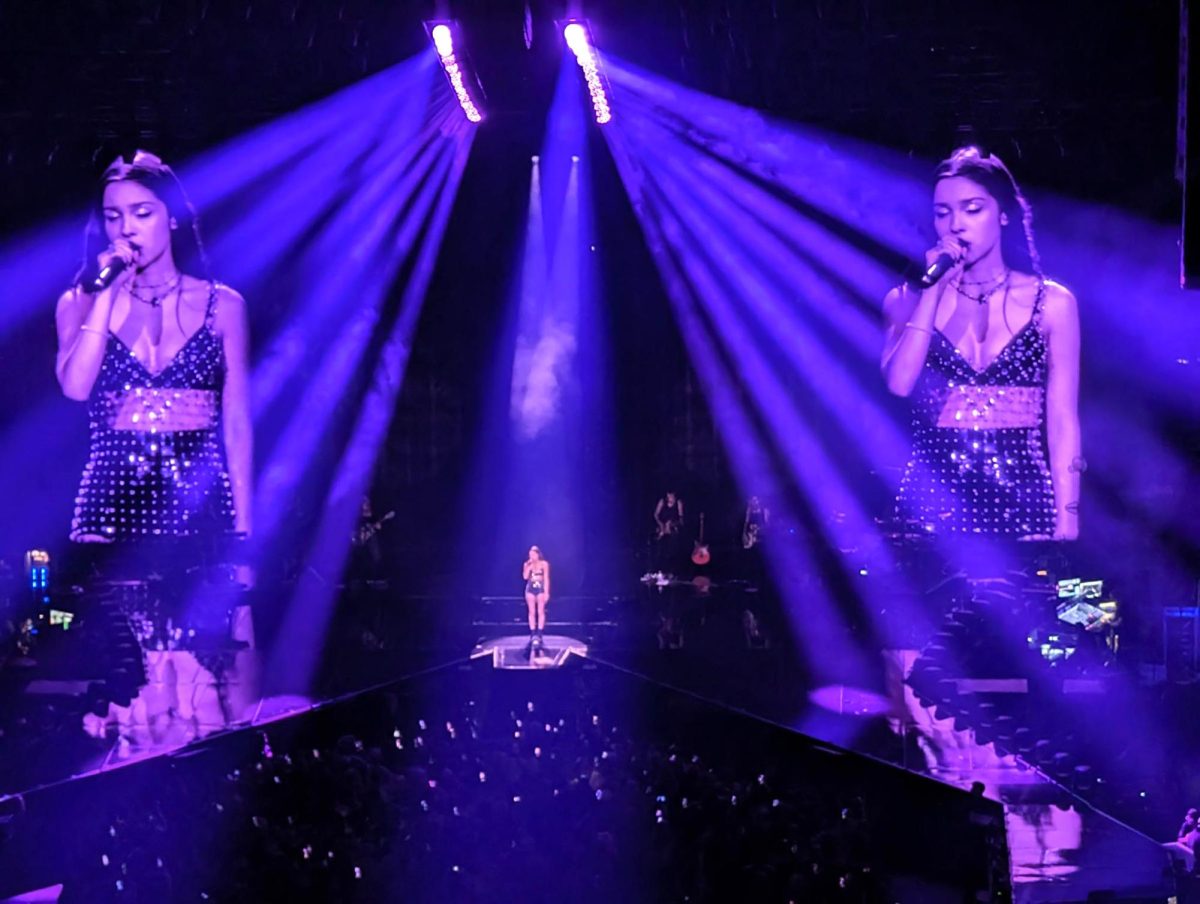


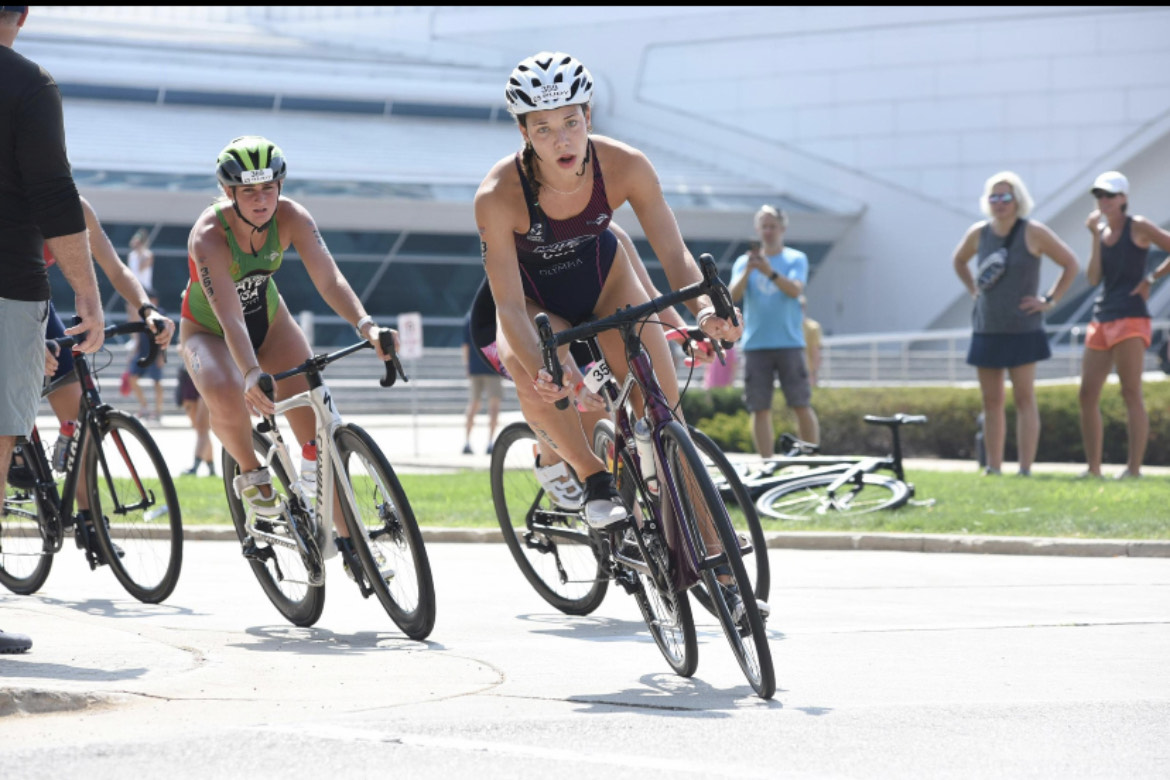
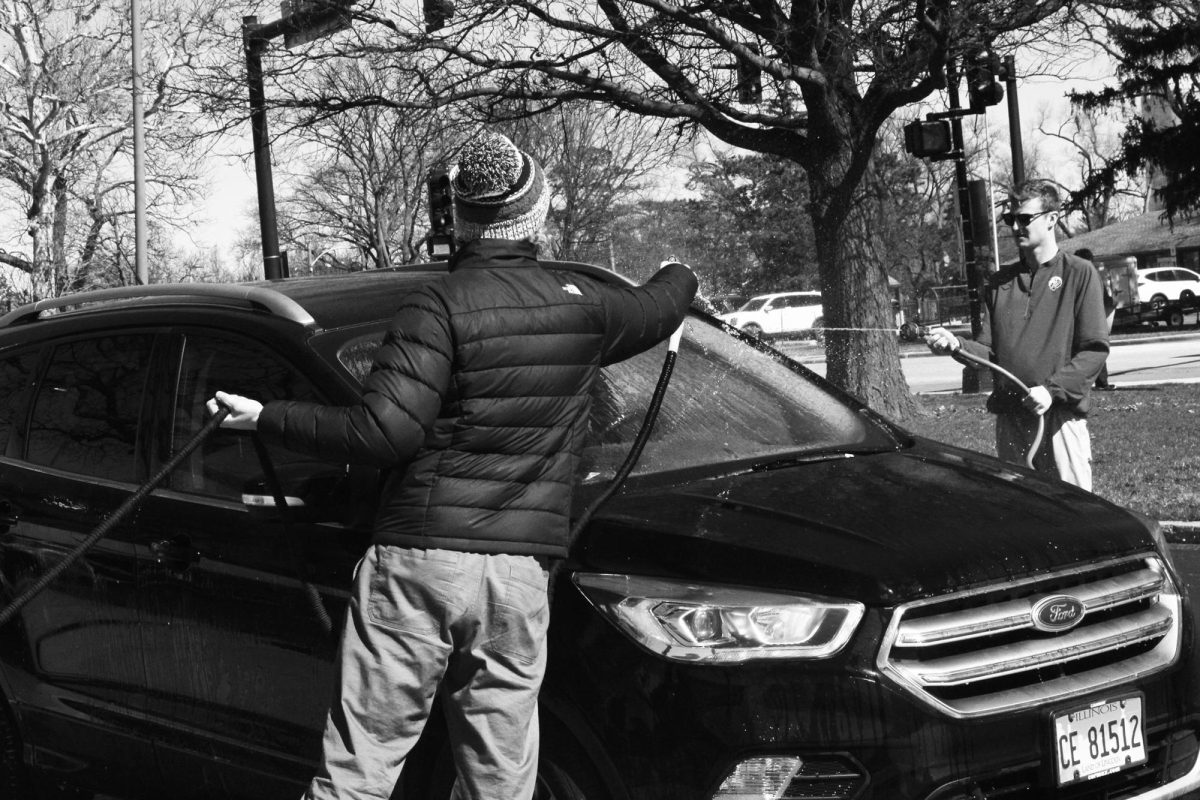
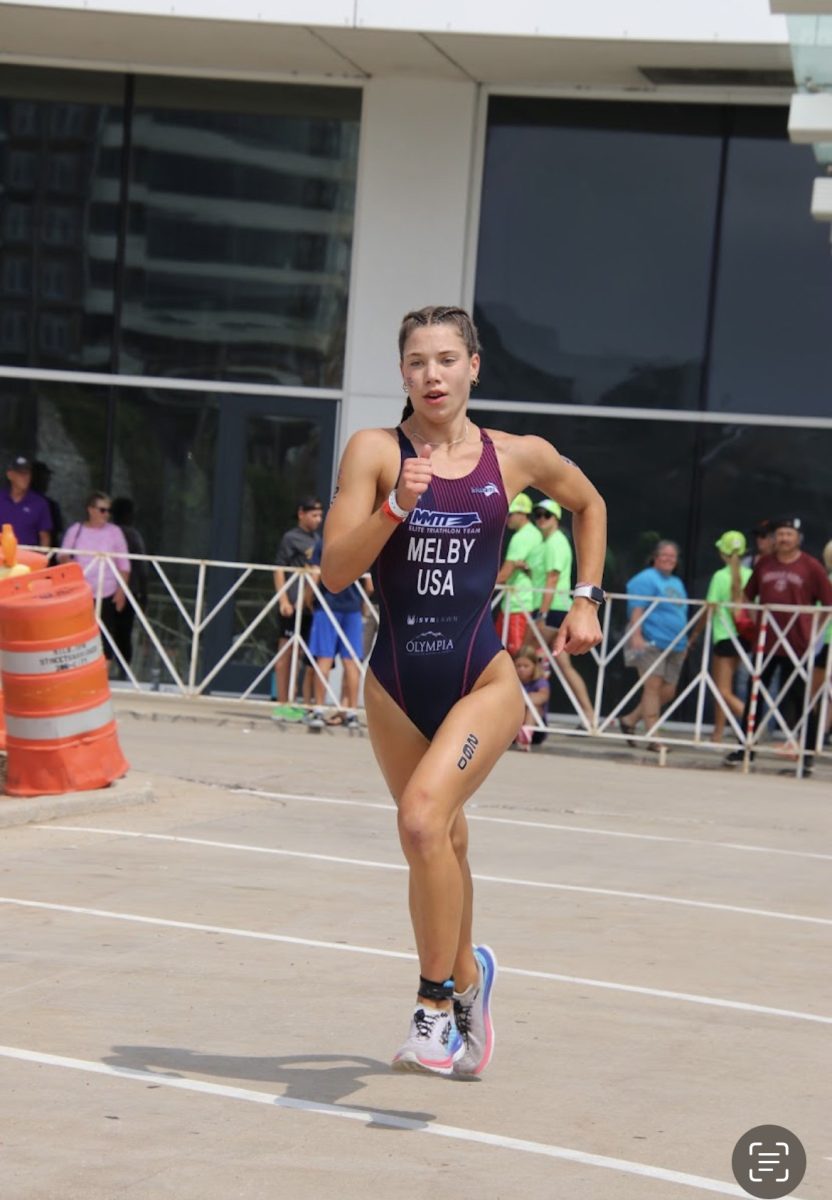
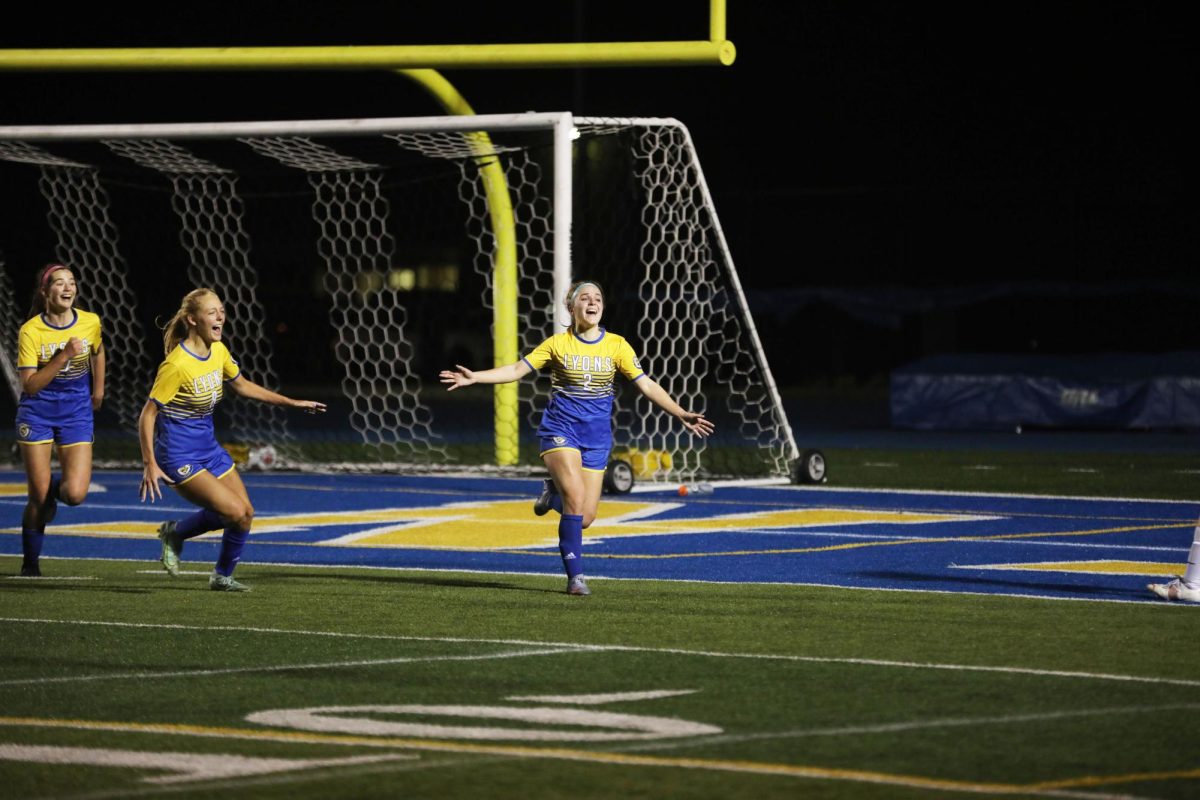
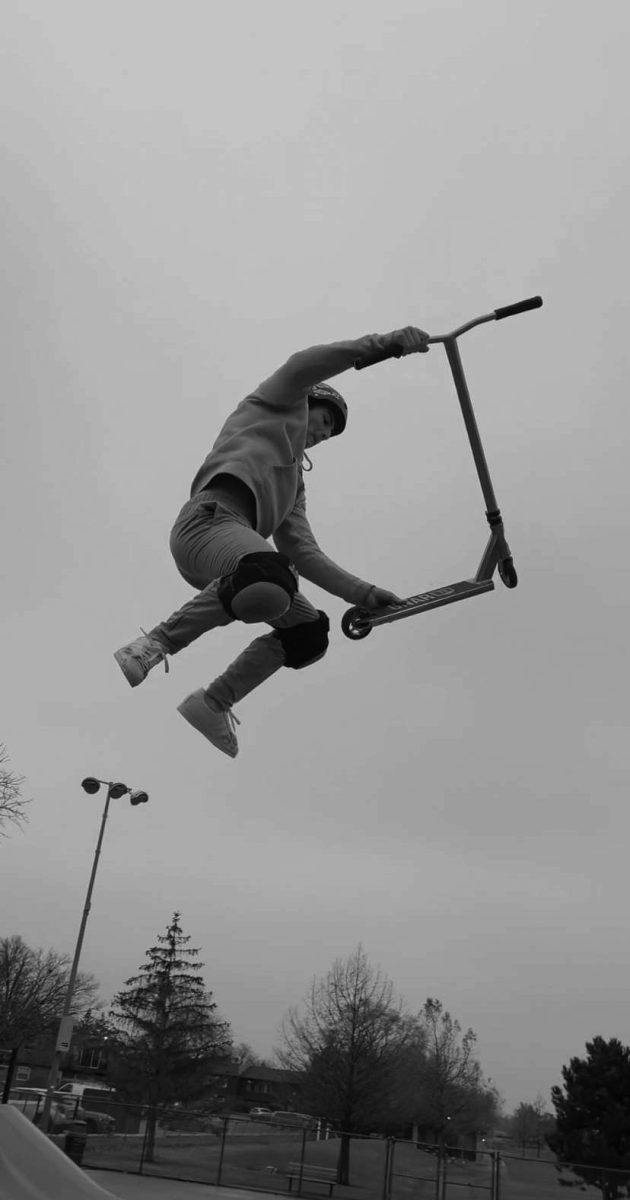
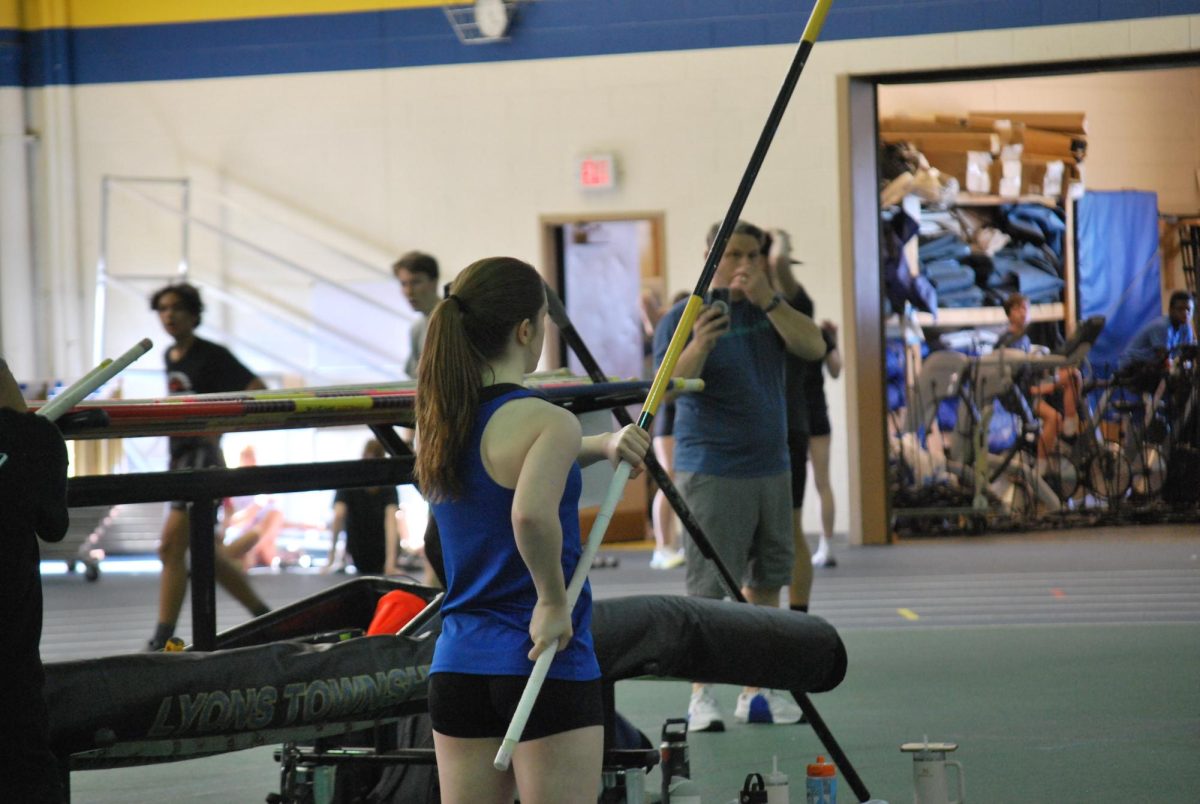
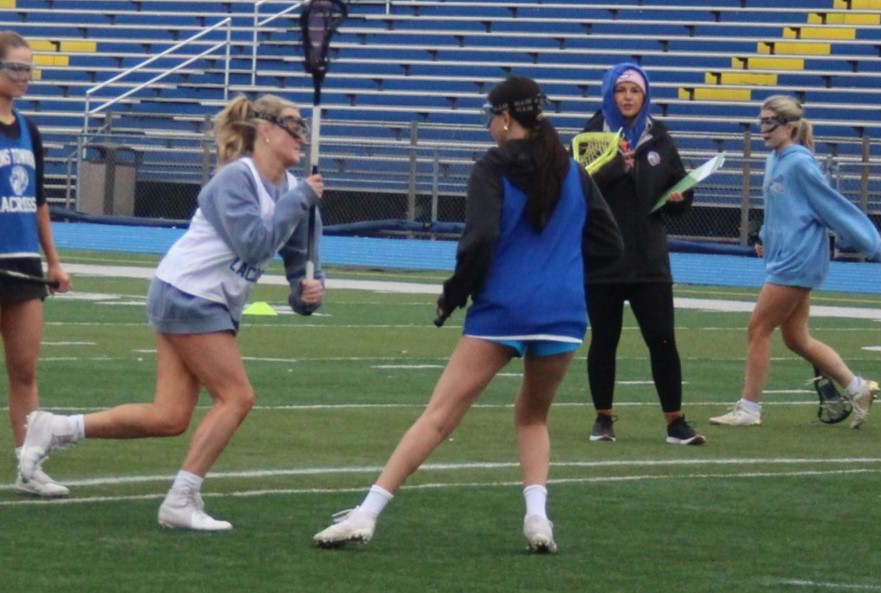
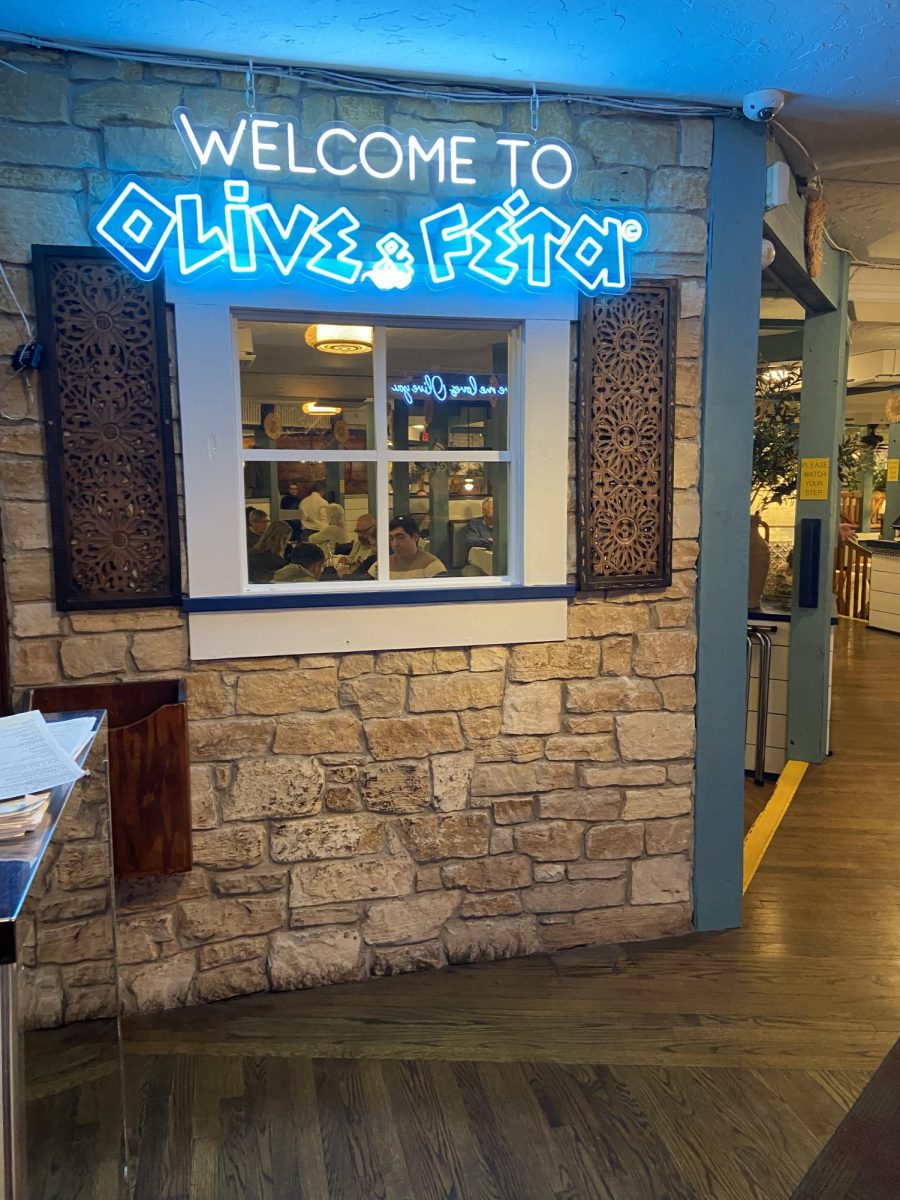
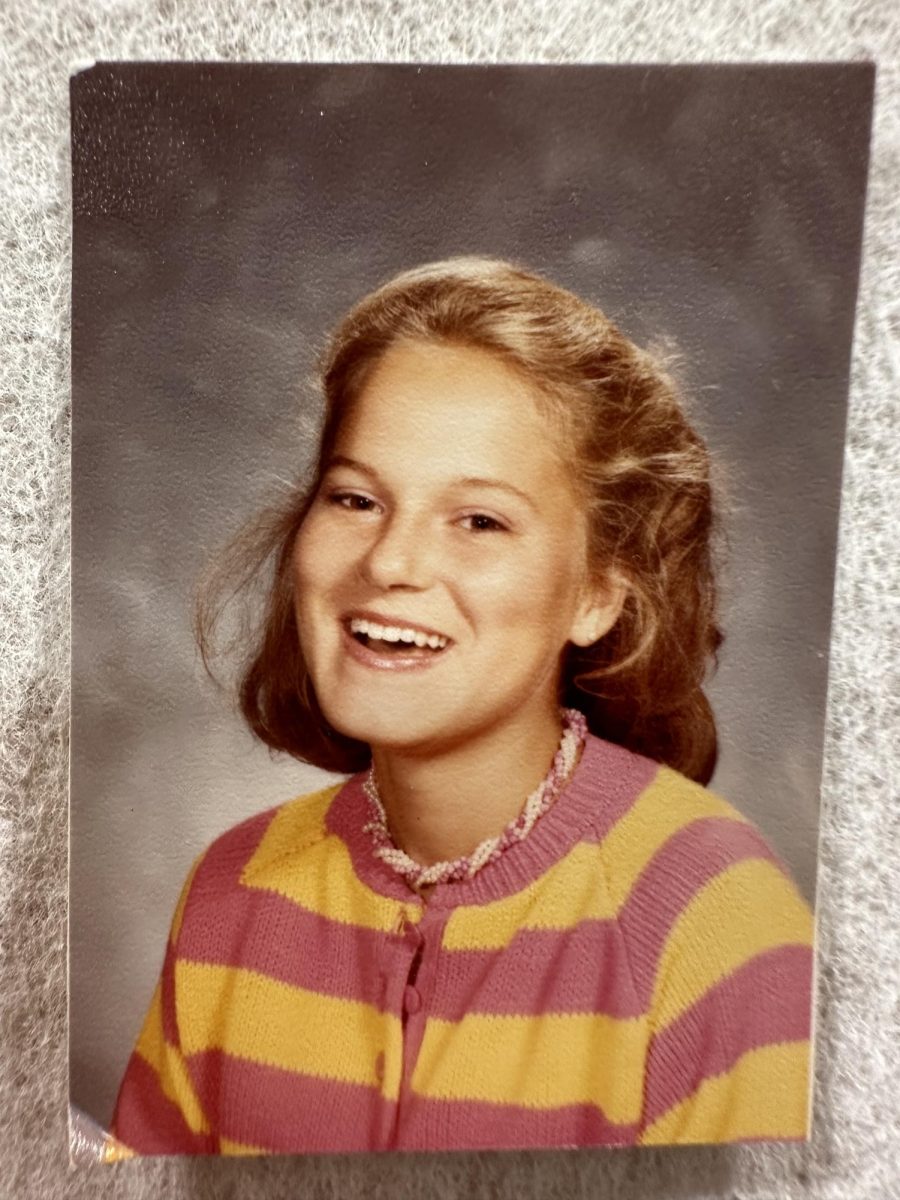
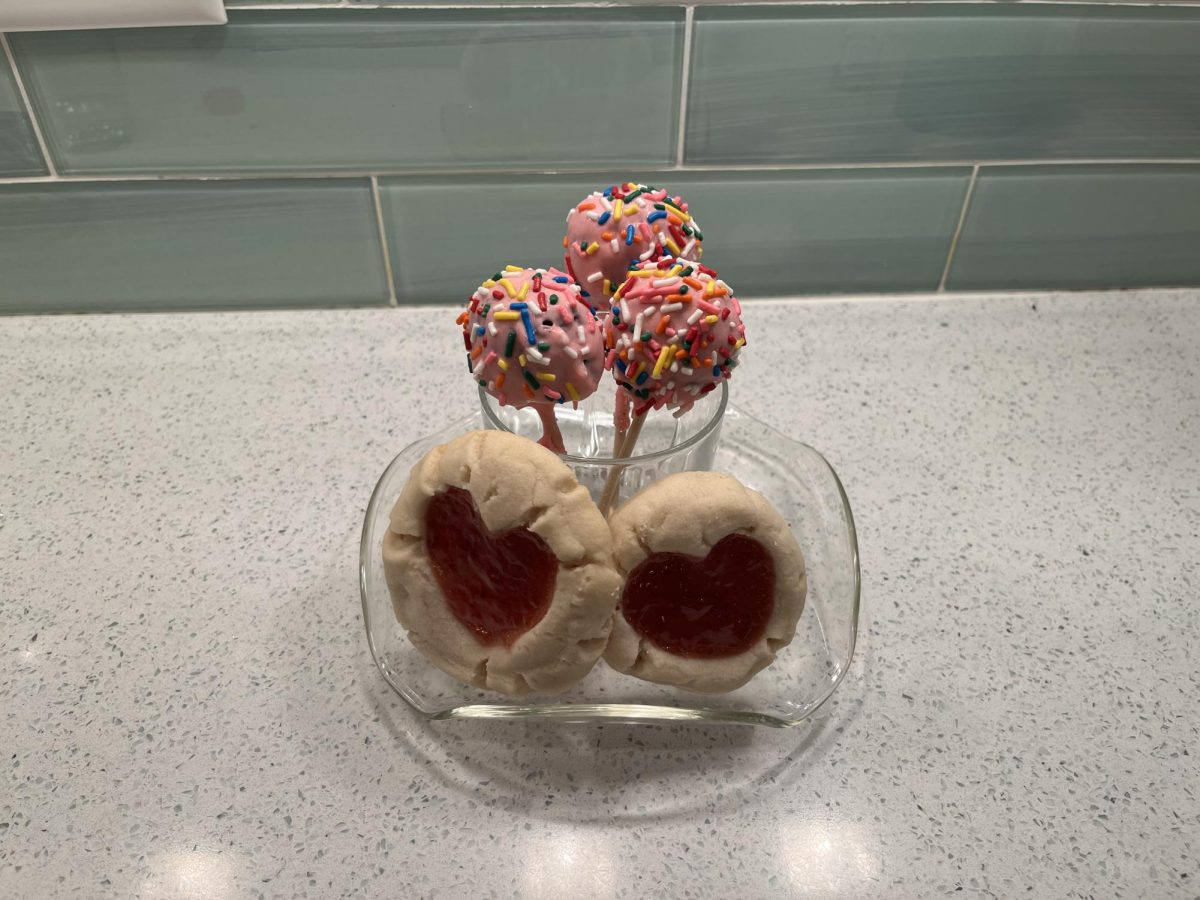

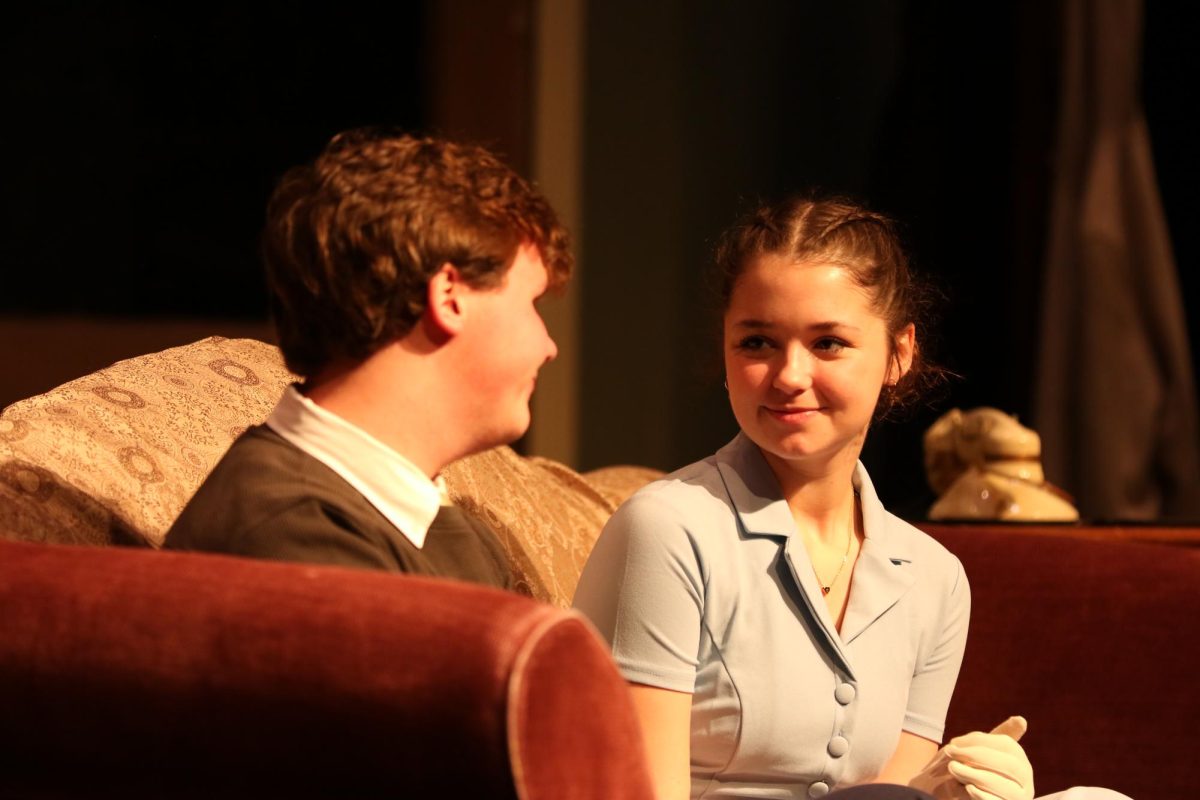


![Movie poster for [Rec] (2007).](https://www.lionnewspaper.com/wp-content/uploads/2023/04/rec-640x900.jpg)

